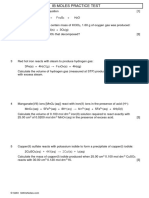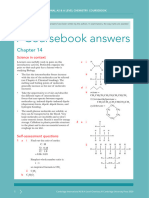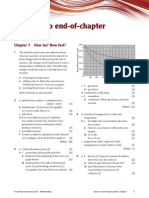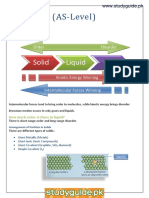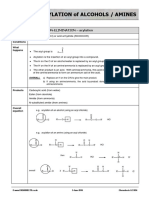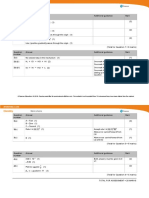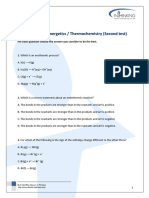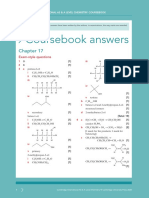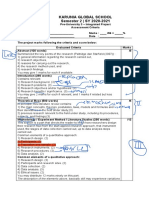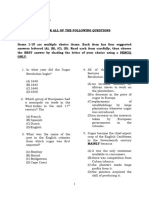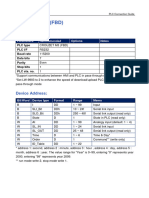0% found this document useful (0 votes)
463 views4 pagesOrganic Chemistry AS-Level Guide
The document summarizes key concepts in organic chemistry including representations of organic molecules, functional groups, isomerism, organic reactions and reaction mechanisms, and the properties and reactions of important organic compound classes such as alkanes, alkenes, and halogenoalkanes. Emphasis is given to structural formulas and reaction equations to illustrate organic chemistry concepts and reactions.
Uploaded by
Reynaldi BozzCopyright
© © All Rights Reserved
We take content rights seriously. If you suspect this is your content, claim it here.
Available Formats
Download as PDF, TXT or read online on Scribd
0% found this document useful (0 votes)
463 views4 pagesOrganic Chemistry AS-Level Guide
The document summarizes key concepts in organic chemistry including representations of organic molecules, functional groups, isomerism, organic reactions and reaction mechanisms, and the properties and reactions of important organic compound classes such as alkanes, alkenes, and halogenoalkanes. Emphasis is given to structural formulas and reaction equations to illustrate organic chemistry concepts and reactions.
Uploaded by
Reynaldi BozzCopyright
© © All Rights Reserved
We take content rights seriously. If you suspect this is your content, claim it here.
Available Formats
Download as PDF, TXT or read online on Scribd
/ 4







